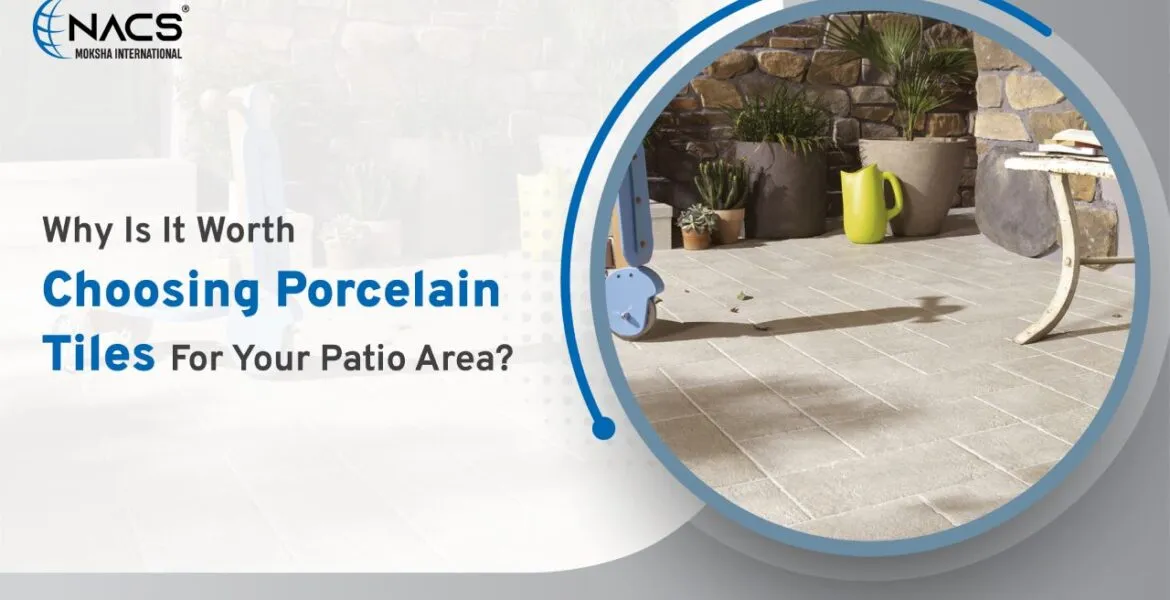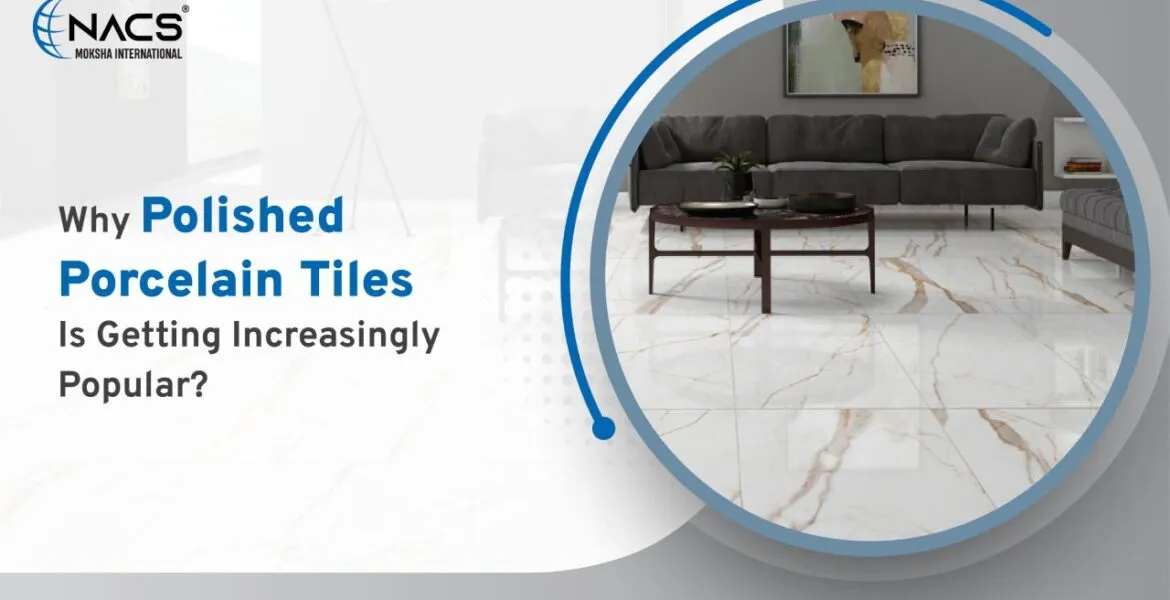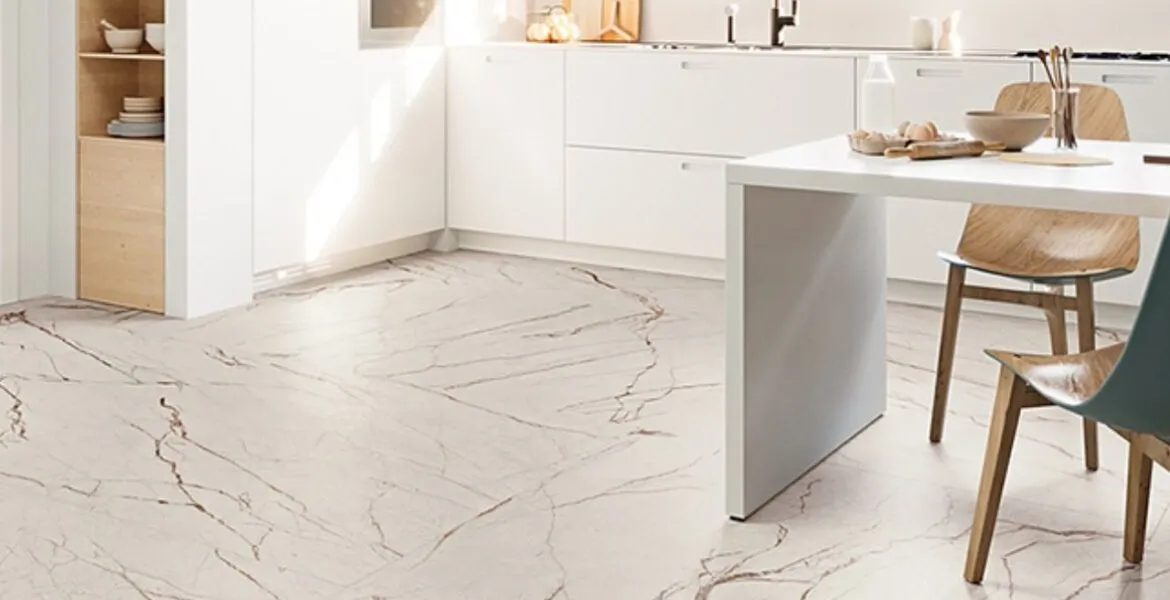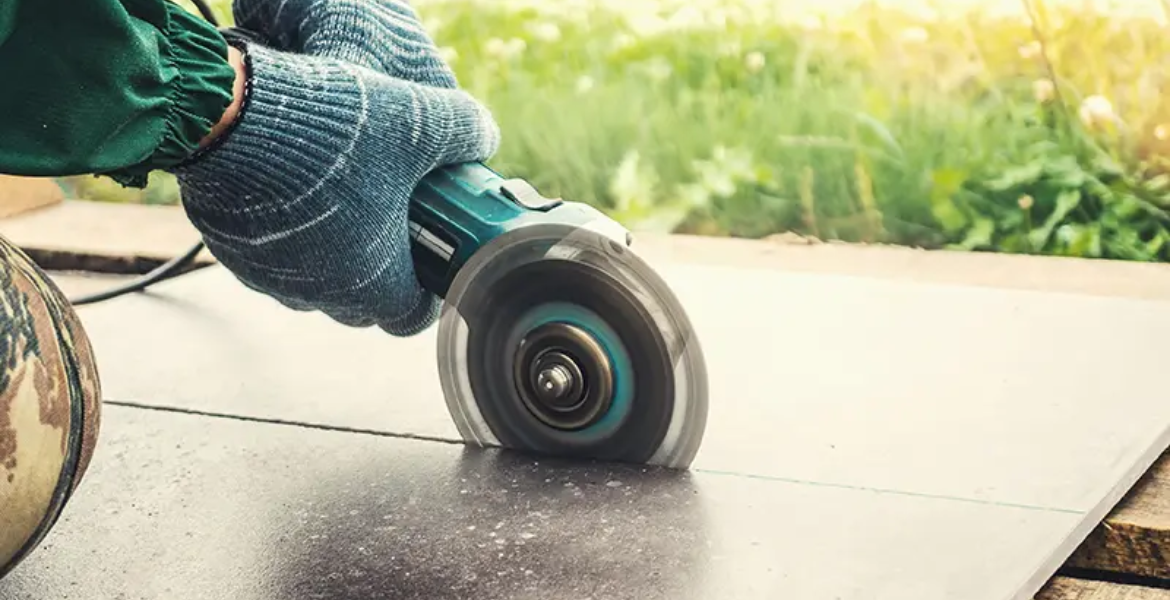
In recent times, Porcelain tiles are increased in popularity for their mesmerizing beauty and durability in the world of modern interiors. Homeowners love these tiles for their unbeatable diversity available in terms of both design and functionality. Providing a vast range of applications these tiles are being used as floors, walls, backsplashes, countertops, etc. But the beauty of porcelain tiles depends on some factors such as proper cutting of the tiles during installation.
It is one of the most important elements for the tiles as clean and precise cuts are required for the desired aesthetic appeal. But many of us are unaware of the proper techniques for cutting porcelain tiles which can result in chipping (unintended breaking of tiles). Chipping of porcelain tiles can ruin the entire design. Therefore you need to stick with textbook techniques to avoid chipping.
In this blog, we are going to provide you with some latest tips and techniques to avoid chipping while cutting porcelain tiles. So that you can achieve seamless decor in your home. Let's get started.
Wait, before going deep into the techniques, we first need to understand the structure of porcelain tiles and the reason behind the requirements of a precise cutting of these tiles.
Porcelain tiles, unlike other natural stones such as marble, are manufactured from natural products like clay, silica, quartz, etc. During manufacturing, these tiles are subjected to the signature firing process to obtain the shiny lustrous look above the surface. This process makes porcelain tiles very hard and dense which makes them more susceptible to chipping during installation. While this is desirable for durability and longevity, it also makes them less forgiving when subjected to cutting forces. Now you might have understood why these tiles need special care during cutting.
Let's go and explore the techniques now.
Selecting the Right Tools

Choosing the right tools for cutting porcelain tiles is very crucial to avoid critical challenges. For precise cutting of these tiles, in the first hand, you will need a high-quality diamond-tipped blade. Porcelain tiles have a tough and brittle surface that makes it challenging to cut them through conventional blades. Therefore diamond tipped blades are typically designed to handle the hardness of Porcelain. With the signature diamond grit, bonded to blades cutting edge provides excellent cuts during the process. The hardness of the diamond allows it to cut through the tough surface of porcelain with ease and minimize the risk of chipping.
Tips For Choosing The Appropriate Blade Size And Type
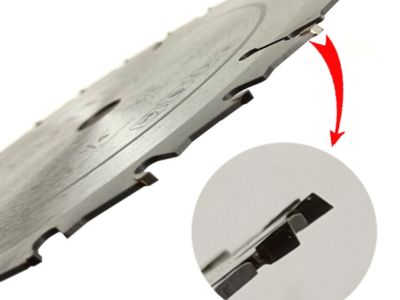
Consider the Material
Porcelain tiles come in a wide range of varieties that are manufactured from different materials. Therefore before choosing the blade decide whether the surface is tough or soft for selecting the proper size and type of blade.
Blade Size
The blade size must match the size of the cutting tool you are using otherwise it will be problematic during cutting. The size of the blade also varies according to the size of porcelain tiles for smoother and more precise cuts.
Wet or Dry Cutting
It is very important to choose the perfect technique before cutting tiles. Wet cutting uses water to cool down the blades and reduces the accumulation of dust minimizing the risk of chipping. Therefore it is preferable in the case of porcelain tiles.
Proper preparation of Porcelain tiles before cutting is very much essential to achieve precise cuts. It is one of the most critical steps of the entire procedure which includes several pressure points. Let's see how should you prepare well before starting cutting:
Measure and Plan
Assess your space and measure the tile section properly that you are going to cut. Double-check the measurements for accuracy. Planning in such a way helps you minimize the band of mistakes and takes toward perfection.
Use a Square
To achieve straight cuts you can use a carpenter T-square. It will help you to draw straight lines across the tile's surface. Place the square against the edge of the tile and mark the surface with a pencil or marker.
Cutting Guides
If you need to make multiple identical cuts, then you should use cutting guides. Cutting guides are strips of metal or wood that can hold the tiles steady with the floor and help you focus more on the cuts.
Irregular Cuts
For irregular cuts, you can use different instruments to achieve perfection. For example, you can use a protractor for fine diagonal cuts and templates for curved cuts.
Tile Placement
Place the tile on a stable surface before marking to prevent movement or wobbling while drawing the cutting line.
Double-Check
Before proceeding with the actual cutting, double-check the marked lines for accuracy. Mistakes in marking can lead to irregular cuts or wastage.
Techniques for cutting porcelain tiles
Now after taking all the precautions and preparation, we are ready to start cutting the tiles. But as we have discussed before, choosing a proper cutting technique is crucial to avoid chipping.
Let's discuss two unique techniques to cut our tiles.
Wet cutting
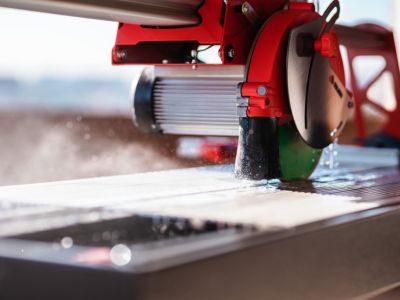
Wet cutting is one of the innovative methods that use water to cool down the blades during the cutting process. It not only absorbs the heat but helps to wash away the dust and debris during the whole procedure. That's why it's a prominent technique to avoid cracks and chipping during the cutting of porcelain tiles. Wet cutting serves cleaner and smoother cuts and is especially beneficial for indoor projects as it maintains a cleaner environment and better air quality.
Dry Cutting
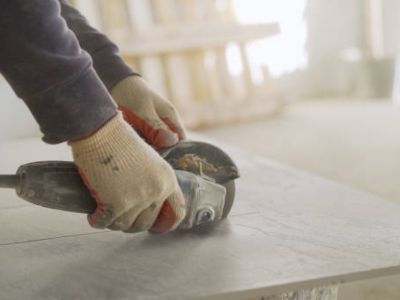
You can simply identify that dry cutting differs from wet cutting in terms of the requirement of water. But dry cutting is faster than wet cutting and helps in making quick sharp cuts easily. It is most preferably used for sharp curvy cuts to avoid chipping. Being cost-efficient is one of the key advantages of dry cutting. Therefore it is used massively in large-scale projects where you need to save both time and money.
Conclusion
In summary, we can conclude that cutting porcelain tiles requires proper planning and execution of the same. Without following the guidelines one can end up with chipping. If you follow all the steps properly then it will make the installation process seamless for you. But in case of any doubts you must consult with professionals or the tile manufacturer for proper instructions.
About NACS International
NACS International is one of the industry titans in manufacturing and exporting high-class ceramic products globally. We serve our customers with quality and durable porcelain tiles that not only mobilize beauty but also promise seamless functionality. With lightweight and high endurance our tiles are easy to cut and install in any space. We also provide an array of designs and collections inspired by the world's famous designers. Pick out your one today and become a part of our happy and trusted family. To choose the best porcelain tile design or to resolve any queries reach us anytime. We will be happy to serve you our best.



